Regardless of the type of airplane you fly, whether it’s a warbird, an EDF jet or a Piper Cub, nearly all aerobatic maneuvers involve some inverted flight. So to keep improving your flight skills, you need to develop proficiency with inverted flight. To start, let’s do away with the often repeated reference to the elevator being reversed when the plane is upside-down. It is that kind of thinking that causes people to become confused and second-guess themselves, or worse! A much simpler and more effective approach is to remember that you will always push forward-elevator during inverted flight. If the plane descends, push harder (you are not pushing enough). When it climbs, push less (you are pushing too much). The ailerons, of course, work the same whether upright or inverted.
Learning to fly inverted is also easier if you throttle back to a more moderate airspeed. Not only will you have more time to think, but a lower airspeed also will require you to push more forward-elevator to hold the plane level and thus provide a greater range of feel for the elevator. It’s also smart to enter the first few attempts from a slight climb to reduce your initial anxiety. As your confidence and technique improve, you can gradually increase throttle to start achieving the airspeeds needed for aerobatics, and the climbing entry can be gradually eliminated.
The next most important step is to develop the habit of recovering from inverted by rolling upright with the aileron, especially if you become confused. In fact, rolling upright should be your response anytime you are not comfortable. In the event that you become confused, it is usually best to input aileron in whatever direction you prefer and thus more quickly upright the airplane than you would if you contemplate which way to roll and then act. Developing the habit of recovering from inverted with aileron becomes routine very quickly simply by repeating the exercise of rolling inverted for two or three seconds and then rolling back to upright.
Another crucial element during your initial inverted practice is making sure that the 1/2 roll to inverted is completed with the wings perfectly level before you start to push, because pushing with the wings banked will initiate an unintentional turn that will almost certainly lead to some confusion.
I have stressed the importance of maintaining consistent parallel lines with the runway during aerobatics again and again in previous articles, and so I won’t repeat it here. Let it just be said that the majority of the problems that people experience when learning aerobatics would be solved more quickly-or plain disappear!-if more emphasis was placed on better positioning! Good positioning is the reason why the good guys make it look “easy” and it is what is required to be successful at the advanced level. Thus, it is wise to take the time to cement a foundation of consistently flying straight lines back and forth parallel with the runway before attempting inverted flight.
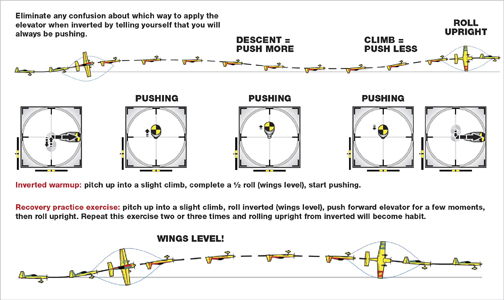









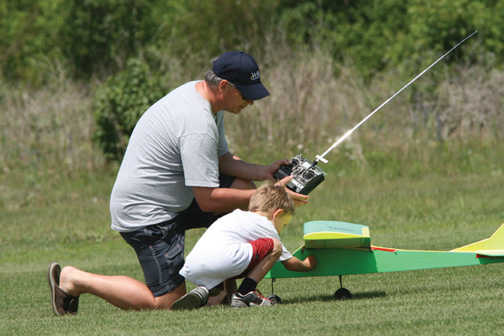
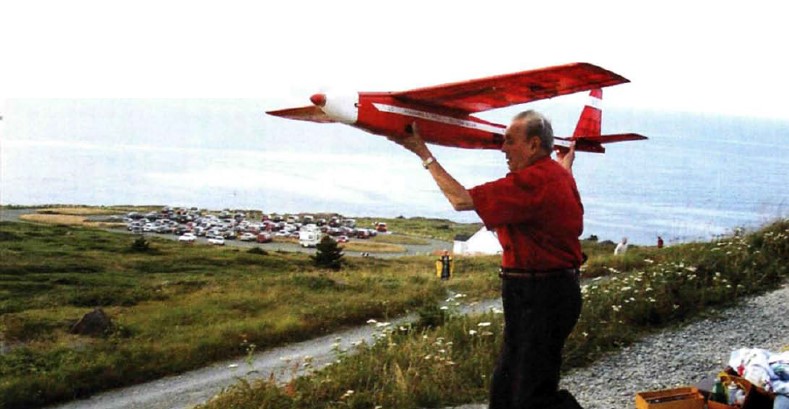
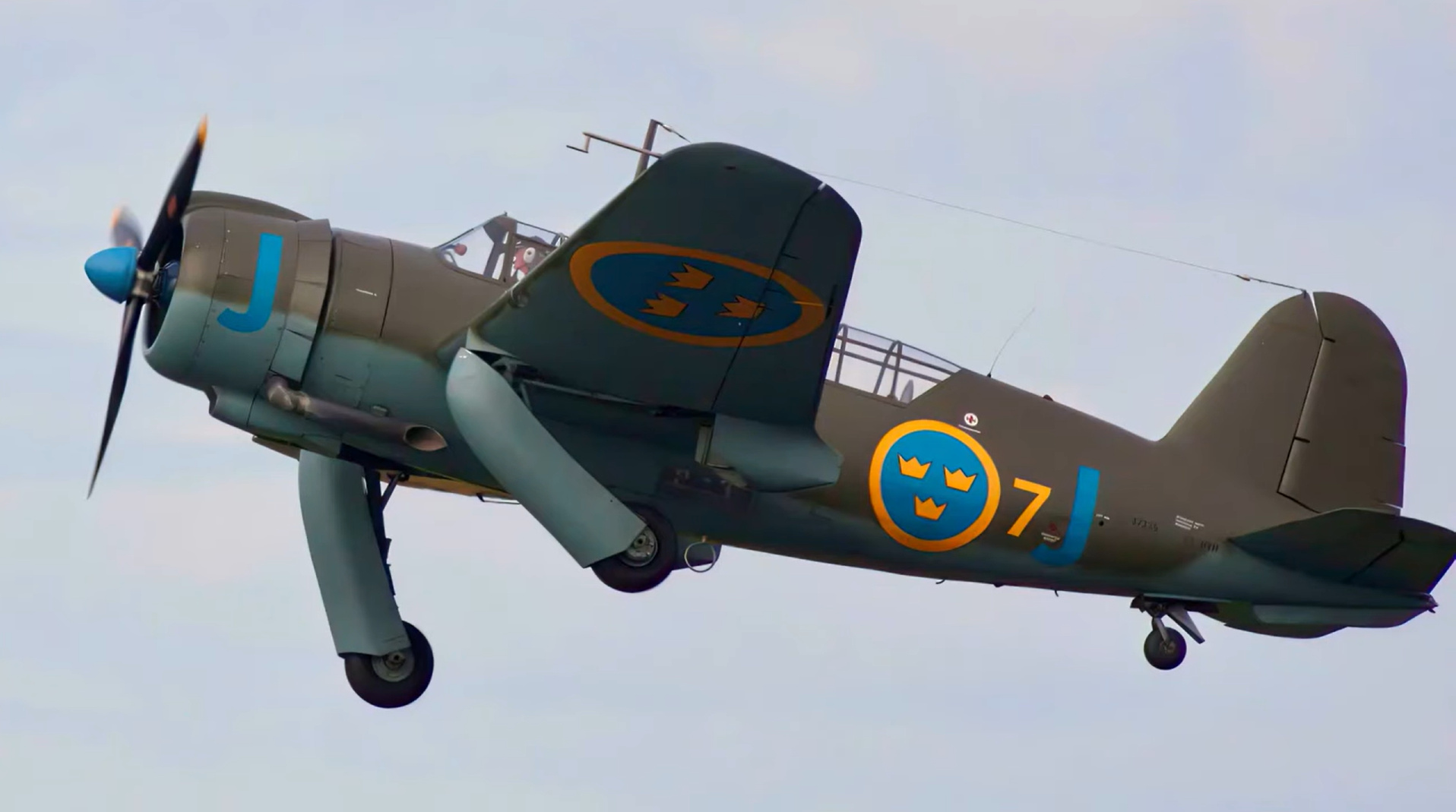
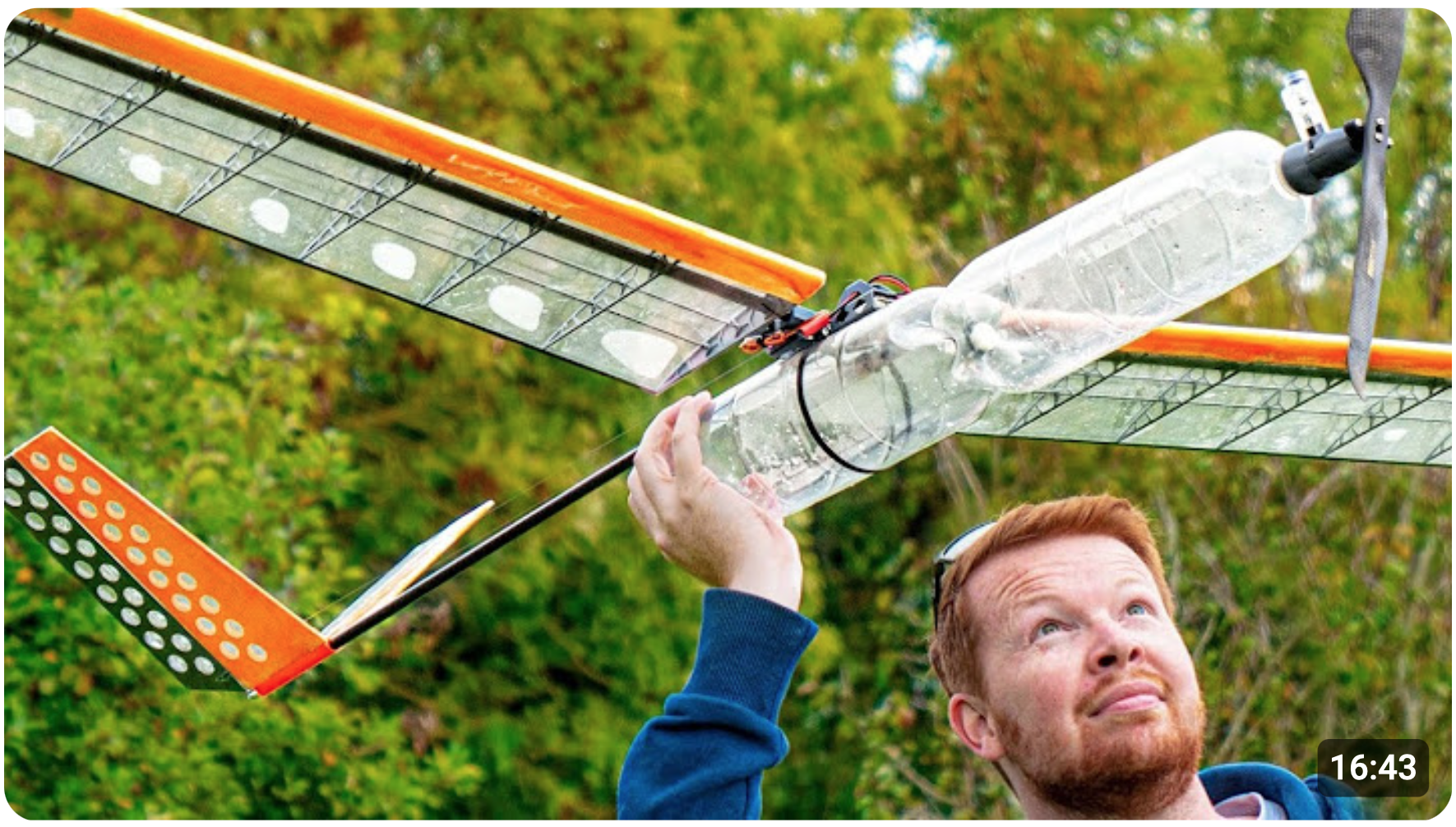











Dave, I have always liked to see this, but I haven’t learned how to yet. What kinds of planes will do inverted flight? I have actually seen a trainer do this, but it wasn’t very pretty. And shouldn’t one fly high enough to make sure he or she can recover from a mistake? Two or three mistakes high? I would love to perform this aerobatic.
TAKE A FEW DEEP BREATHS, THEN FROM LEVEL FLIGHT ROLL THE PLANE LEFT UNTIL ITS INVERTED,STOP THE ROLL AND ADD JUST A LITTLE FORWARD STICK.RT. AND LEFT REMAIN THE SAME.JUST PLAY WITH UP AND DOWN TO KEEP LEVEL.WHEN READY ROLL BACK TO LEVEL FLIGHT NEVER PULL BACK UNLESS YOU ARE GOOD AND HIGH,AND COME OFF THE THROTTLE BEFORE YOU DO..PRACTICE HIGH ENOUGH..
Just do a large loop, then when at the top push elevator stick forward flattening the loop. Fly level (inverted) for a little while then pull back to finish the loop. Now do it again, this time extending the flat at the top. Repeat extending the inverted portion and you are on your way to inverted flight. I like this technique because it sets you up high and your thinking loop so in a panic you’ll just automatically pull through and finish a loop but just at an odd angle. It gives you a feel for how much push is needed to stay level and how stable the aircraft is or isn’t inverted. Happy landings.
It should also be mentioned that rudder is also reversed when inverted, a point that seems obvious but easy to get wrong when first learning aerobatics. 45 degree uplines in crosswind conditiins get pretty ugly when you forget this fact.
Before attempting any maneuver the first thing all pilots must get comfortable with is; RECOVERY!
Fly two/three mistakes high, and do something sloppy, half roll, a stall, fly vertical and kill power and let the plane do whatever, AND recover from it.
If you learn to recover, you will do any maneuvers. Practice small intentional mistakes high enough to take control of the aircraft.
Because usually pilots crash their planes when it does something unexpected, and by practising mistake recovery, there will not be any panic as you are use to it.